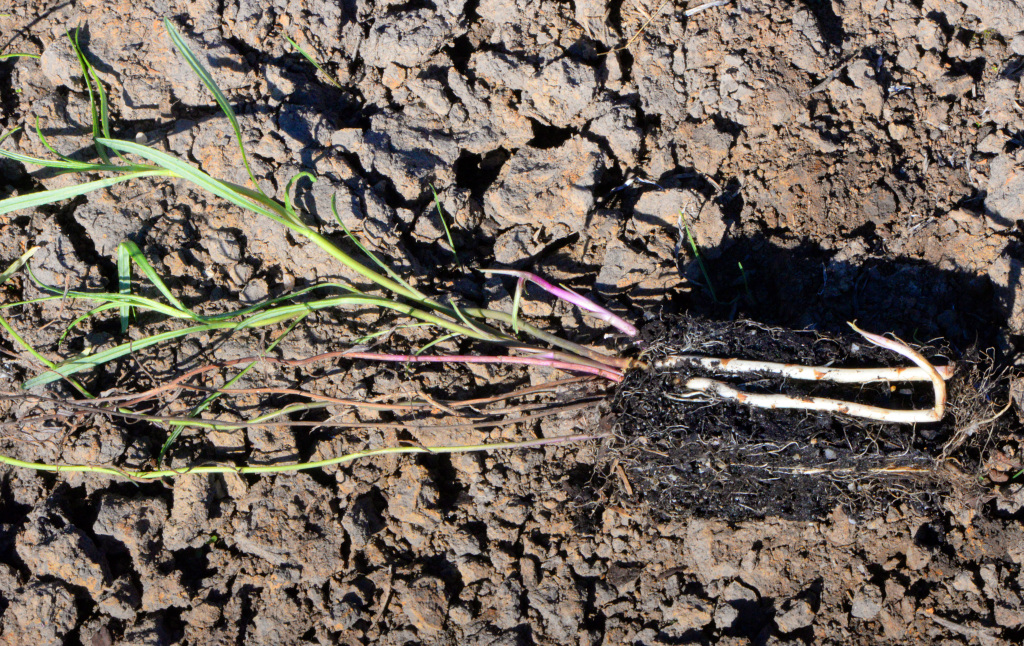Senecio behrianus
Sond. & F.Muell. ex Sond.Extensively rhizomatous perennial to c. 1 m high; branchlets minutely whitish-pubescent, but soon becoming glabrous. Leaves subsessile, linear or very narrow-elliptic, 2–8 cm long, 1–5 mm wide, thick-textured, greyish; surfaces initially minutely whitish-pubescent, but soon becoming glabrous, or lower surface remaining mealy; margins flat or somewhat recurved, entire or distantly callous-toothed. Capitula radiate, solitary and terminal, or few in a slender corymb or panicle; involucre broadly cylindric, 4–6 mm long; bracts 12 or 13, appressed greyish-pubescent or mealy; bracteoles present. Ray florets c. 6, yellow, ligules 3.5–5 mm long; disc florets 10–15. Cypselas tapered slightly toward apex, 2–2.7 mm long, c. 9-ribbed, sparsely papillose-hairy between ribs; pappus of slender hairs c. 7 mm long, deciduous. Flowers Mar.–Jun.
VVP, VRiv, MuF, Gold, DunT. Also SA, NSW (but possibly extinct in both states). Exceedingly rare in Victoria, and thought to be extinct until 1991 when rediscovered between Rochester and Stanhope, and Miners Rest near Ballarat in 2004. Apparently confined to heavy, winter-wet, clayey soils. Formerly known from Casterton, Swan Hill, Barham areas, with specimens from the 'Wimmera', and You Yangs near Lara of uncertain affinity, but closest to Senecio behrianus.
Walsh, N.G. (1999). Senecio. In: Walsh, N.G.; Entwisle, T.J., Flora of Victoria Vol. 4, Cornaceae to Asteraceae, pp. 941–965. Inkata Press, Melbourne.
 Spinning
Spinning


